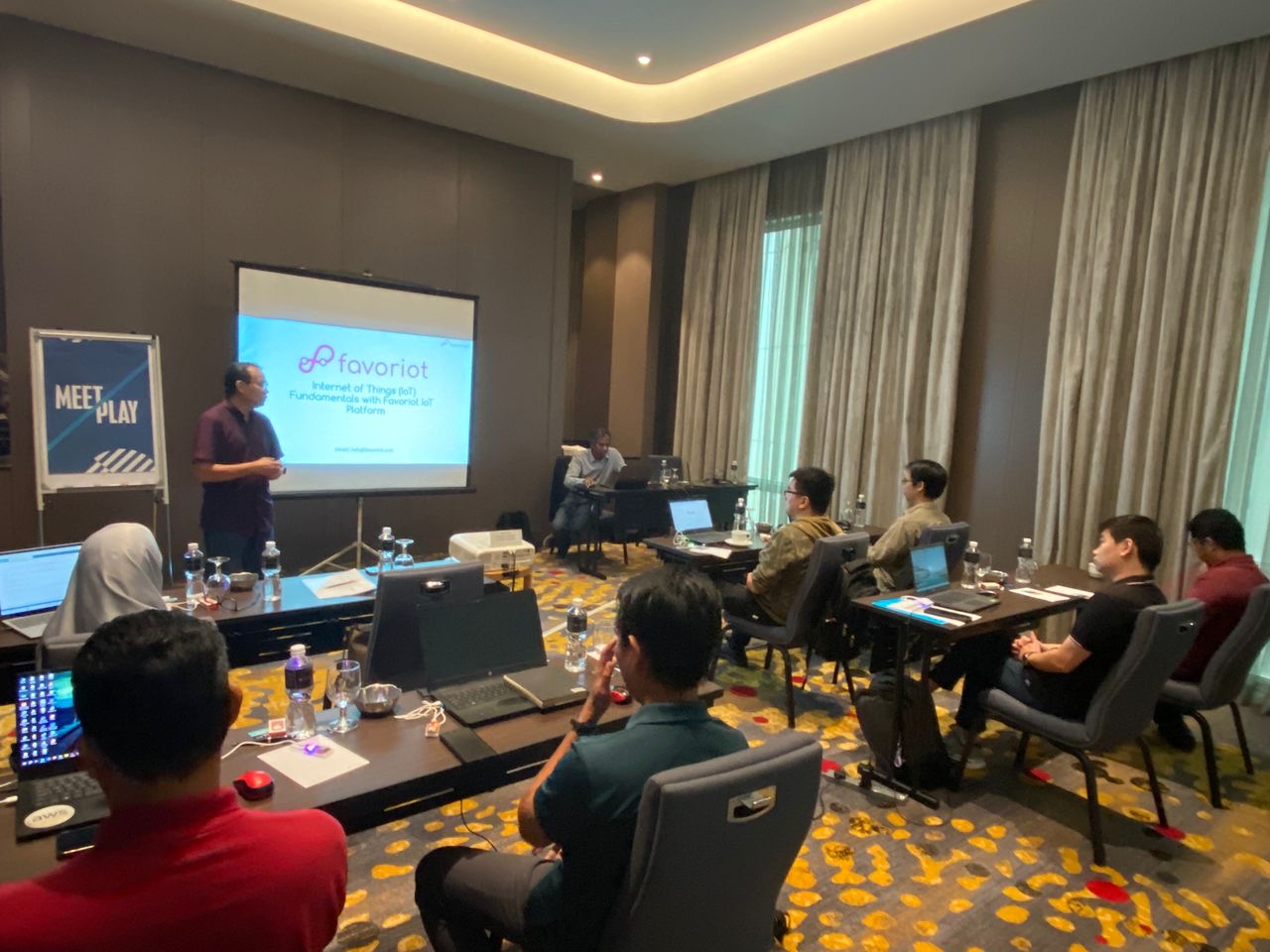
How On-Premise Platforms Are Meeting Diverse Deployment Demands
January 3rd, 2024 Posted by favoriotadmin BLOG, HOW-TO 0 thoughts on “How On-Premise Platforms Are Meeting Diverse Deployment Demands”
Nowadays, the deployment of IoT projects presents a unique set of challenges and opportunities for service providers, businesses, and governmental entities.
The complexity and scale of these deployments require a robust, efficient, and cost-effective solution, a demand that on-premise IoT platforms are uniquely positioned to fulfill.
Understanding the Challenges of IoT Deployments
- Diverse Needs of Service Providers: IoT service providers must cater to a wide range of customers, each with distinct requirements. This diversity necessitates a platform that is both flexible and adaptable, capable of handling various scenarios.
- Cost-Effectiveness for Local Councils: Budget constraints are a significant concern for local councils. Deploying an IoT platform at the state level offers a unified solution that can be leveraged by multiple councils, thus reducing overall costs. However, this approach may not always meet the specific needs of each council. Conversely, individual councils owning their IoT platforms can tailor deployments to their unique requirements at a higher cost.
On-Premise IoT Platforms: A Solution by Favoriot
Favoriot, a leading entity in the IoT domain, offers an on-premise IoT middleware that addresses the critical concerns of IoT deployment:
- Data Sovereignty and Security: On-premise platforms enable organizations to maintain their data internally, providing enhanced security and ensuring data sovereignty, a vital consideration in an era of frequent data breaches and privacy concerns.
- Scalability and Flexibility: The capacity to handle unlimited data and API calls is a significant advantage. Such scalability ensures that the platform can accommodate the growing IoT needs of an organization without any bottlenecks.
- Customization and Control: Organizations gain complete control over their IoT deployments, allowing for customization in line with specific business needs and objectives. This level of control is often not feasible with cloud-based solutions.
Case Studies
- State-Level Deployment for Local Councils: A state implementing an on-premise IoT platform for its local councils can achieve significant cost savings and standardized deployment. This facilitates better communication and data sharing between councils.
- Individual Council Deployments: When a local council opts for its own IoT platform, it benefits from a solution highly tailored to its specific needs, ranging from traffic management to public safety.
Conclusion
The deployment of IoT projects involves navigating through many challenges, including data security and scalability.
On-premise IoT platforms, like Favoriot‘s, provide a compelling solution to these challenges. They offer the flexibility, scalability, and control necessary for diverse IoT deployments, catering to the needs of service providers, state governments, and individual local councils.
As the IoT landscape continues to expand and evolve, adopting on-premise platforms is likely to become a critical factor in the successful and efficient deployment of IoT solutions, ensuring that these technologies meet the growing and changing needs of the modern world.
Do you think an on-premise IoT platform will suit your needs? Contact Favoriot to schedule an appointment.


